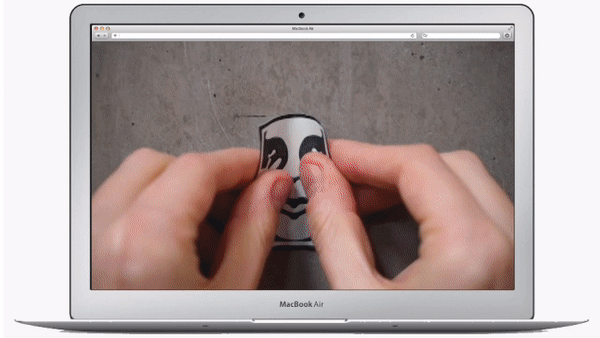Obey Clothing is an e-commerce web platform that reflects Obey's brand value and aims to engage their youth market on a personal level, setting Obey story apart from the pack.
Project role: Research, ideation, wireframes, user interface, visual
Team: Madison Sim, Rex Shi, Tony Jing
Tools: Illustrator, Photoshop, Sketch
the problem
Obey Clothing has become indistinguishable from other streetwear brands. We compared Obey's website (on the left) to the competitor brands such as Vans (middle) and Quiksilver. After taking out their logos they look very similar and bland. The unique philosophies on which Obey was founded and the messages Shepard Fairey promotes through his art is often lost or muddied.
The Opportunity
The use of empathic research helped us identify the critical constraints and find areas that could be enhanced by digital intervention. We realized the importance of shifting customers perspective from what they buy to why they buy, and saw an opportunity to bridge this innovation gap.

persona & USER SCENARIO

Helena is an 18 year-old university student. She’s works part-time at Starbucks and is a big fan of punk culture. She’s a vegetarian who is becoming more and more involved in political issues, and she wants her clothes to represent her values.
User Scenarios: Helena just got her cheque from Starbucks and wants to buy a new shirt. She looked at Vans and Supreme, but she didn’t see anything unique that she liked. Earlier in the day she saw a shirt that just said Obeyand Helena decided to look them up. She’s intrigued by the landing page and decides to explore the site further.
customer journey framework

Form Development


Main interactions

To attract users to Obey story, we designed a landing page that mimics the experience of putting posters on the street wall. We expect their experiences to be emotionally satisfying and attachable to Obey’s culture.

The layout of the site deviates away from the rigid grid style seen on most ecommerce sites to foster a sense of authenticity. These interactions and experiences bring the focus back to the obey story.

When looking at select items, such as certain printed tees, users can choose to learn more about the artwork on the shirt, and what inspired them.

The story page consists of key objects, scenarios, and contexts of the Obey story to interact with the user score. This way even the quick glance down the page can provide a distinctive sense of the obey context.
